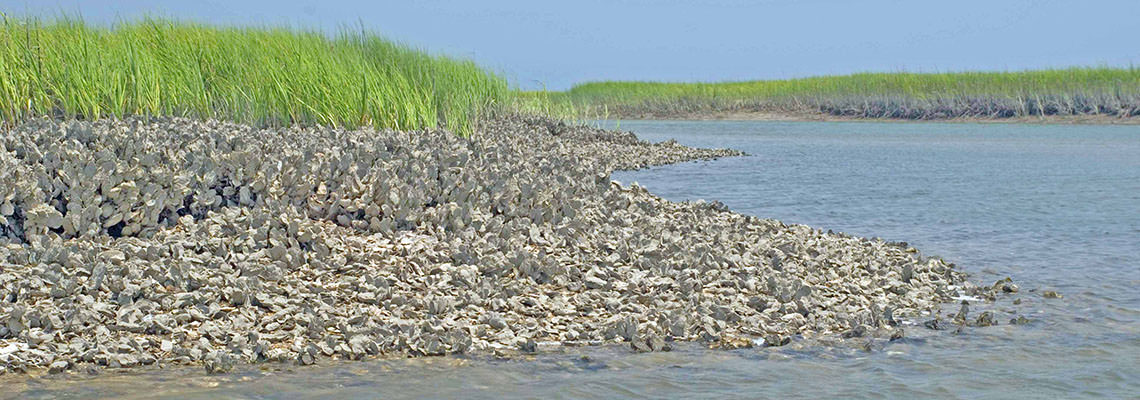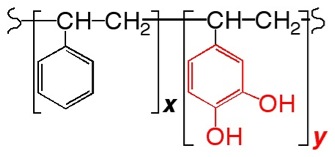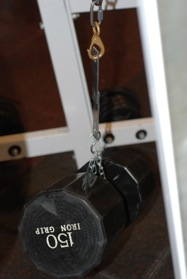
Biomimetic polymers for new materials

New Materials Inspired by Nature
As we learn how sea creatures stick we can use this information to create new classes of synthetic materials. Bioinspired polymers can have advantages over the natural version, such as the ability to tailor the material for a given property (e.g., adhesion, modulus, porosity, etc.) as well as access to larger quantities of material. We have found that complex adhesive proteins can be mimicked with simple polymer backbones into which we incorporate biological cross-linking chemistry.

Complex proteins simplified into synthetic polymers.
These new polymers cross-link in a manner analagous to the proteins produced by mussels. The polymers also exhibit strong adhesion, comparable to cyanoacrylate "super" glues. Underwater adhesion is also quite appreciable. Click here to watch a movie of underwater adhesion. Ongoing comparisons are being made between the mechanical properties of these bio-inspired polymers and the natural materials after which they were designed. Preparation of second- and third-generation polymer systems are incorporating functionalities to enhance underwater adhesion, bio-compatibility, tunable modulus, antibacterial and antifouling characteristics.

New adhesive polymers:
poly[styrene-co-(3,4-dihydroxystyrene)]
|
|
|
One polymer can glue together two pieces of polished aluminum and support a 150 lb weight. |
